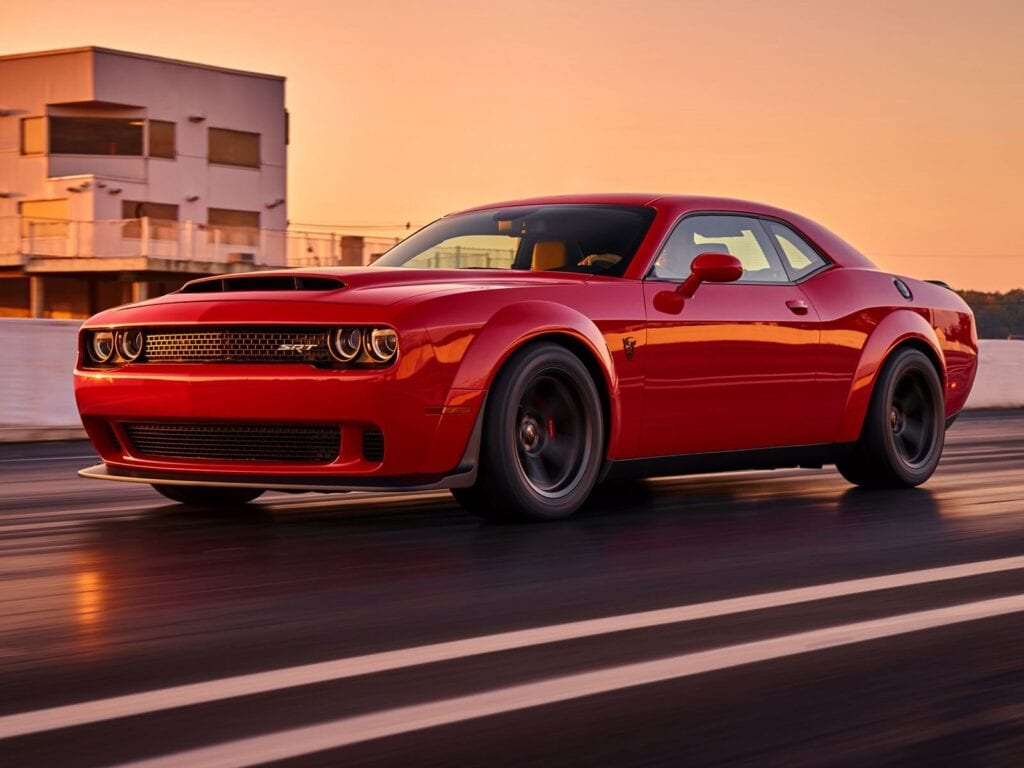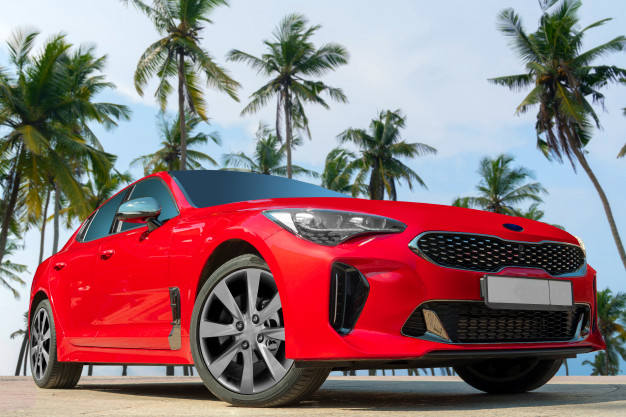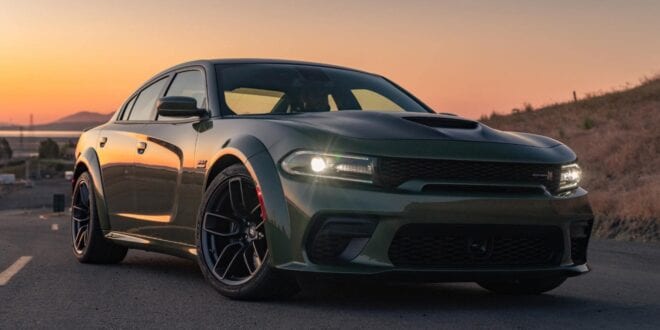You might be inclined to ask what sense there is in buying a high-performance version of a vehicle initially designed to be smart, sensible, and practical, like a four-door sedan – enter the new Dodge Charger detailed here. This is the kind of car that’ll happily seat a driver and at least three passengers in comfort, drop the clutch, drive circles around you (probably while drifting), stop in front of you, and slap you forever asking such a question.
It is worth asking, though, whether automobiles like these four-door beasts are truly purposeful in today’s market where there are far cheaper and more purpose-driven thrills available. Are they really hardcore Sportster when push comes to shove, or are they simply an afterthought designed for those who perhaps want the sportscar but out of necessity requires a full back seat with direct access, and a trunk?
American muscle

With the Charger, Dodge lays claim to the titles of having both the most powerful mass-produced sedan in the world as well as the fastest in terms of top speed (in Hellcat or Hellcat Redeye configurations), and it doesn’t take those bragging rights lightly. Designed with the essence of the two-door Challenger at its core, the Charger adds two more doors, space for passengers in the back, and a sensible boot with actual cargo space, but maintains the raucous beast beneath the hood.
The core range comprises the 292-horsepower 3.6-liter V6 SXT, the GT powered by the same engine uprated to deliver 300hp, the 370-hp 5.7-liter HEMI V8 R/T and the 485-hp 6.4-liter HEMI V8 Scat Pack – but there is even more punch available to those wanting to get a little crazier. The SRT Hellcat introduces a supercharged 6.2-liter V8 that pumps out 717 hp, while in Hellcat Redeye guise that’s upped to a whopping 797 hp. That all sounds mighty impressive, but more importantly it means that mechanically speaking, Dodge has made no compromises under the hood in comparison to the two-door Challenger.
Sometimes we see manufacturers offer high-performance sedans with slightly detuned engines as compared to their two-door counterparts – one could argue possibly for the sakes of comfort or ‘common sense’ – but these are high-end, quick, powerful vehicles at their core, and practical though they may be in sedan format, common sense is not their selling point. Raw power and pure performance are what they’re about, and it’s hard to deny the fact that the mental offerings from Dodge in the Charger range are truly appealing, not because they offer greater comfort or everyday practicality, but because they offer that in a package that still delivers face-melting speed.
German precision

It’s not only the Americans that offer a mindblowing drive with four doors and a boot, though. Some of the most iconic performance sedans of all-time are the BMW M3 sedan and the M4 denoting the two-door coupé and cabriolet versions. BMW is another carmaker that doesn’t skimp on the speed that lies under the hood just because a car has rear doors and a full back seat.
Like the M4 models, the M3 is available standard and as a Competition version, both powered by a potent TwinPower turbo three-liter inline-six mill. In standard trim, this will deliver 473 hp and 406 lb-ft of torque, while the Competition model ups the state of tune to churn out 503 hp and 479 lb-ft. Known the world over as a precision performance sedan, the M3 has arguably the strongest reputation in this segment.
Italian style

Even further up the premium end of the market, we can explore the world of Ferrari and Maserati, where shooting brake and sedan-style vehicles that embody the spirit of grand touring (although not GTs themselves), such as the FF and the Quattroporte respectively, open up the supercar realm to rear passengers. For their simplistic names (FF stands for Ferrari Four, for four doors and four-wheel drive, and Quattroporte is the literal Italian translation for “four doors”), these are truly magnificent creatures.
The FF may have been out of production since 2016 but remains impressive by today’s standards. Under its bonnet lies a 650-hp, 503-lb-ft 6.3-liter V12 motor that’ll rocket it to 60 mph in a mere 3.6 seconds and send it, and front and rear occupants, onto a top speed of 208 mph. The Quattroporte, which in true Maserati fashion focuses more on grand touring than outright speed, is powered by either a 424-hp three-liter twin-turbo V6 or a 523-hp 3.8-liter twin-turbo V8, with the former hitting the 60 mph mark in 4.8 seconds and the more potent model dispatching the sprint in just 4.7 seconds.
Figures like that don’t come cheap though – the Maserati starts at $99,490 and goes up to $124,990, and the MSRP of the FF, when you could buy one new, was a real wallet-whacker in the region of $300,000 back then. When it comes to the Italian stable, we’re talking much more about the impact of their aspirational value on the concept of fast four-door cars as opposed to their actual market influence.
Making sense of the senseless?

It’s hard to argue with the popularity of the renowned German sport sedan, and the same can be said of the Charger in the USA (and undoubtedly would be said for the Italians were they more attainable – but aspirational value has to count for something, too). But still, you might ask why? Why would someone purchase a high-end, highly tuned vehicle that, by its very nature, is bound to carry more weight, be slightly less aerodynamic, and have a less precise ride and handling prowess?
Well, the answer could be as simple as someone only being able to have or afford one vehicle, and this needs to be one that has the everyday practicality a sedan features but still boasts that wild performance side to let loose on an empty piece of tarmac. See, it may not be about the compromises involved, but rather getting the best of both worlds in one single package. Or there could be more to it – consider, for a second, the idiom, “Sorrow shared is a sorrow halved, but joy shared is joy doubled.” And now think about being able to take three of your pals on the ride of their lives in your loud and fast, and somehow still sensible, set of wheels… Now that sounds like a joyride doubled – or in this case, quadrupled.
 Imagup General Magazine 2024
Imagup General Magazine 2024



